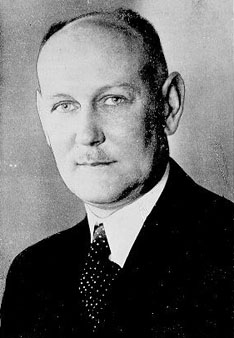When new uses of old, unpatentable drugs are discovered, there seems to be inadequate incentive to publicize them, and bring them to market. (For example, I think I have seen research suggesting that aspirin and fish oil capsules, are as effective in fighting heart disease as some newer drugs, but are nonoptimally utilized because of perverse incentives.) Maybe a revision of the patent law should be considered that permits some patenting of new uses of old drugs and substances?
(p. 172) It was wonderful that this powerful, inexpensive medicine was now available, but for a year after the Pasteur Institute announcement, no one marketed it seriously in its pure form as a medicine. Because it was not patentable, it was difficult for major chemical or drug firms to see a way to make much of a profit from it. It was not until months after the Pasteur group’s first publication on sulfa that the president of Rhône-Poulenc, an industrial supporter of Fourneau’s laboratory, visited the Pasteur Institute to hear about it. After talking with the researchers he decided to launch Septazine, a variation on pure sulfa that he felt was different enough to allow patenting—and hence profits. Septazine reached the marketplace in May 1936.
Source:
Hager, Thomas. The Demon under the Microscope: From Battlefield Hospitals to Nazi Labs, One Doctor’s Heroic Search for the World’s First Miracle Drug. New York: Three Rivers Press, 2007.


